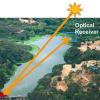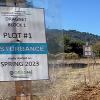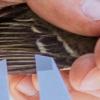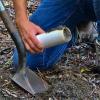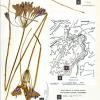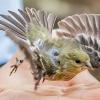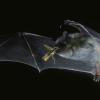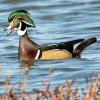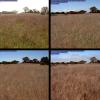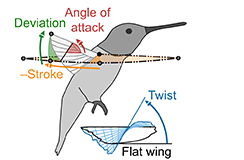Active
Active
This study is a field test of instruments being developed at Stanford to monitor atmospheric methane over distances of 100 meters to several kilometers. The Jasper Ridge test site is the main lake of Searsville Reservoir.
Active
In 2023, Jasper Ridge joined a global network of research sites examining grassland responses to disturbance. The Jasper Ridge site is being studied by Laureano Gherardi and Jorge Ramos, who chose a location especially suited to outreach and training—annual grassland near the visitors’ parking a
Active
SOAR: San Francisco Bay Research Coordination Network for Student Opportunities in Avian Research to enhance STEM education and assess human impacts on avian biodiversity
Active
San Francisquito Creek and its tributary creeks are habitat for the threatened, local form of migratory steelhead trout, Central California Coast steelhead. Prior to 2017, fish passage in the uppermost portion of San Francisquito Creek within Jasper Ridge Biological Preserve was constrained by a
Active
Anoxic microsites are small zones in soil where oxygen is depleted. Within these microsites, soil carbon is protected from microbial respiration, but the contribution to overall soil carbon protection (anoxic protection) remains poorly understood.
Active
The Oakmead Herbarium, located in the Leslie Shao-ming Sun Field Station at Jasper Ridge, contains more than 6000 mounted specimens representing almost 900 vascular plant taxa found at the Jasper Ridge Biological Preserve, together with collections of bryophytes and lichens. The 850,000-specimen
Active
Long-term studies of organisms and the environment may help detect threats to both individual species and ecosystems as a whole. Monitoring bats can provide early warning of potentially negative changes in our local ecosystem such as habitat fragmentation and loss of habitat.
Active
The purpose of this project is to document the avifauna of Jasper Ridge Biological Preserve with a searchable database of high quality photographs of birds in their natural habitats within the preserve.
Active
Reducing uncertainties about the role of terrestrial ecosystems in the global carbon cycle requires better understanding of the spatial and temporal variation in biologically-mediated sources and sinks of carbon.


